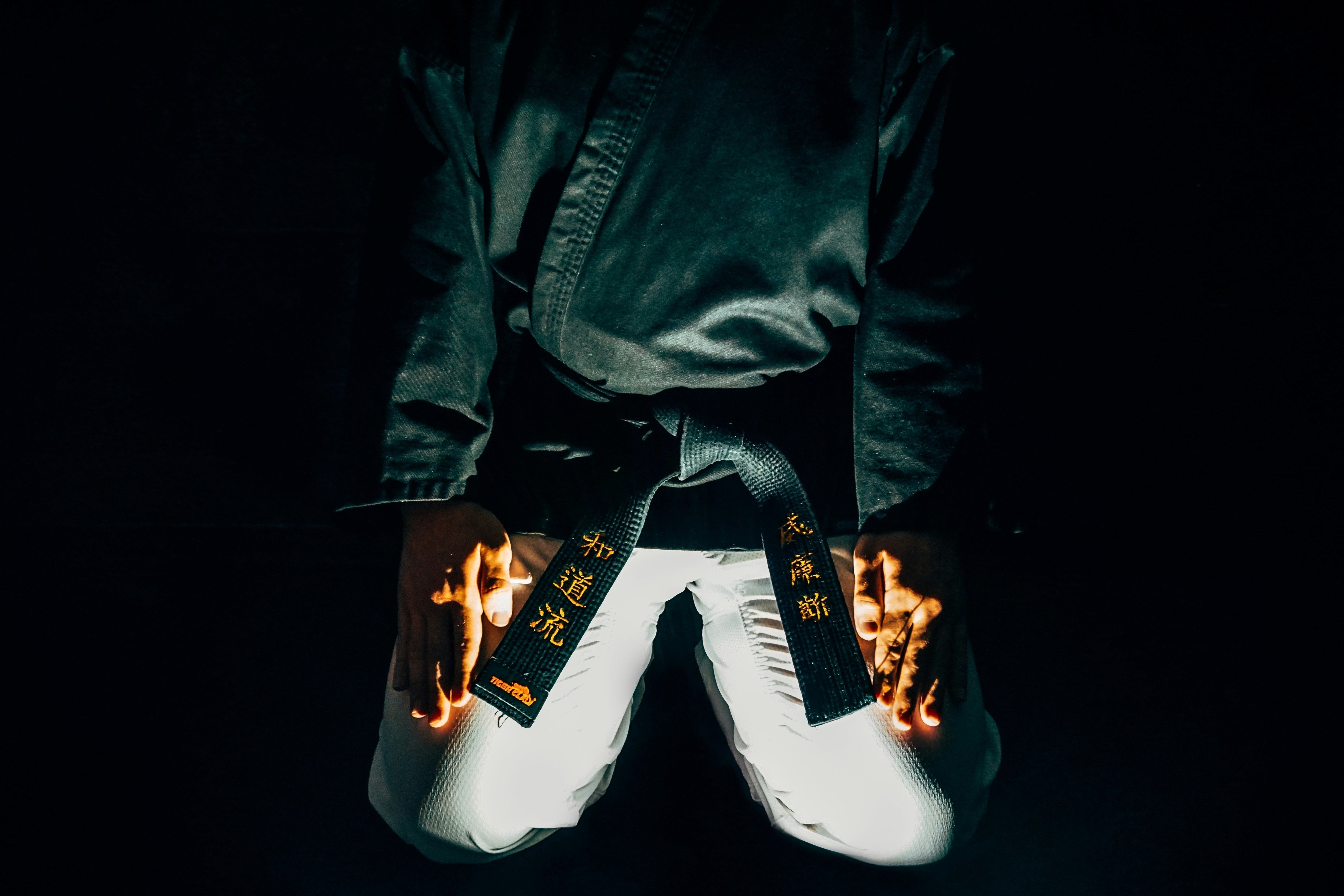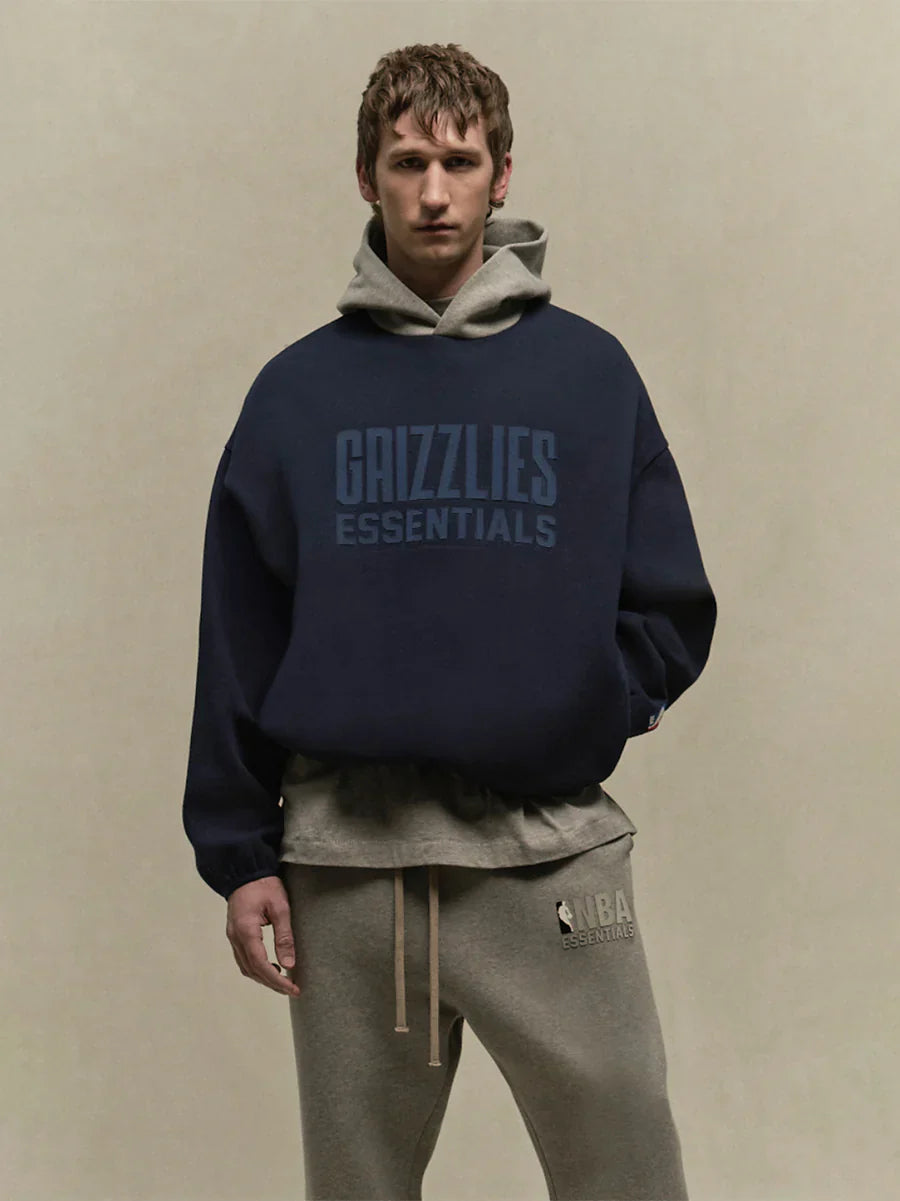Article: How Martial Arts Inspired Modern Fashion and Streetwear

How Martial Arts Inspired Modern Fashion and Streetwear
Martial arts goes beyond combat, it’s rooted in discipline, philosophy and tradition. These values have shaped the way we move through life, how we carry ourselves, and increasingly, how we dress. In this piece, we explore how martial arts has influenced modern fashion visually, materially, and philosophically, and what this reveals about strength, purpose, and presence in the way we dress today.
Martial Arts Roots: From Tradition to Global Fashion Symbol
Before martial arts influenced modern fashion, it shaped identity and function. Early practitioners wore what worked, simple garments made out of cotton that allowed freedom of motion. The formal gi emerged in the 1920s and 30s, modeled after the durable jackets of Judo, which themselves drew inspiration from Japanese firefighters’ coats garments built for strength and endurance.
Among the earliest designers to translate martial philosophy into fashion, Yohji Yamamoto stands as a true pioneer. Emerging in the 1980s alongside Rei Kawakubo, Yamamoto reshaped the global understanding of Japanese design.
His early collections bore clear traces of martial arts including wide silhouettes, kimono-inspired layers, and functional wraps that prioritized freedom of movement over ornamentation. Every seam and fold echoed the rhythm of combat, a dialogue between tension and release, power and poise. His legacy laid the aesthetic foundation for today’s martial avant-garde fashion, visible across both high-end and streetwear movements.

By the mid-20th century, the world began to take notice. Post World War II, as Karate and Judo spread globally, their uniforms and the symbolic obi belt became instantly recognizable emblems of discipline and respect. In the1960s and 70s this influence entered the mainstream. Hollywood’s kung fu and karate films introduced martial silhouettes to popular culture, transforming traditional attire into pop icons.
By the 2010s, runways began to reimagine these codes. Designers fused the form of martial arts with minimalist aesthetics. Wrap belts, monochrome palettes, and structured drape of the gi evolved into hallmarks of contemporary design.

Today, the influence continues across streetwear and athleisure. Brands draw from Brazilian Jiu-Jitsu, Muay Thai, and boxing gear, translating fight-ready attire into urban fashion. Wrap belts, kimono cuts, and embroidered logos have become part of global street culture. As gender and identity movements gain momentum, martial arts inspired fashion has taken on new meaning- a statement of empowerment, equality, and resilience.
Modern Streetwear Trends Inspired by Martial Arts
Across global fashion, we see a wave of martial reinterpretation. MCM’s Spring/Summer 2026 collection drew inspiration from Taekwondo uniforms, reimagining belts into wrap dresses and judo knots into bag handles. United Arrows & Sons collaborated with adidas on Jujitsu-inspired robes and hoodies bringing dojo discipline into everyday wear.

MMA inspired oversized tees, fighter shorts and similar styles are reshaping streetwear by blending comfort and grit for a generation that values authenticity over gloss.
Conclusion
The influence of martial arts on fashion is not a passing trend but a continuing dialogue between tradition and modern identity. At its core lies balance of strength and elegance, restraint and expression.
Bshidō stands at the intersection where movement meets meaning and where what you wear becomes part of your identity. Our Butterfly & Bee tee embodies this philosophy, reflecting both the grace and precision of combat fighting, because dressing well is not just about looking strong but about becoming strong.


